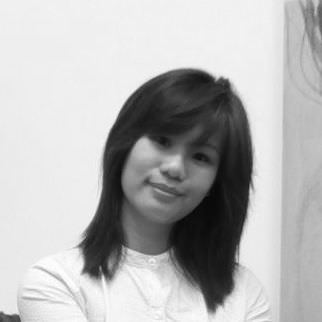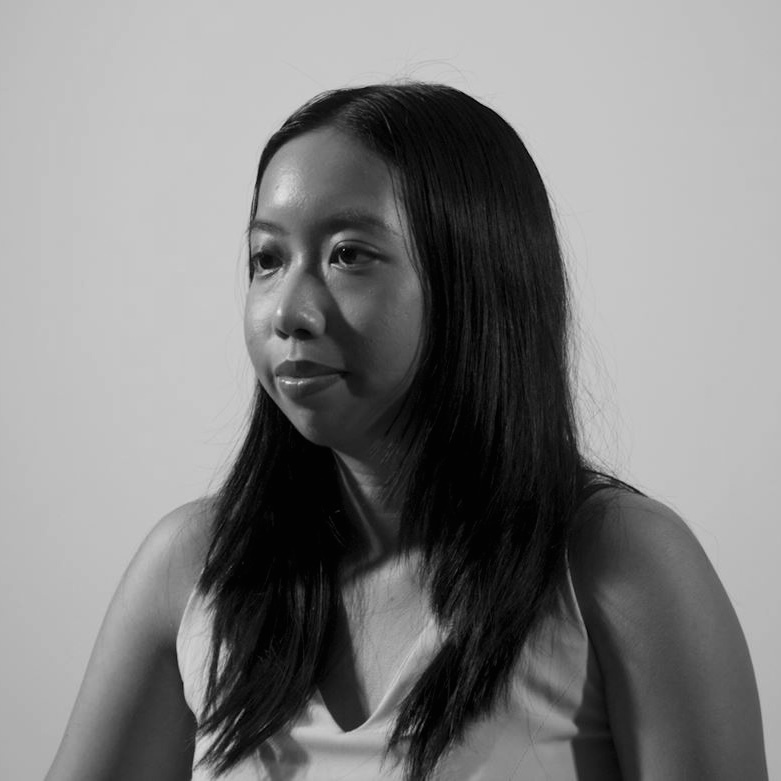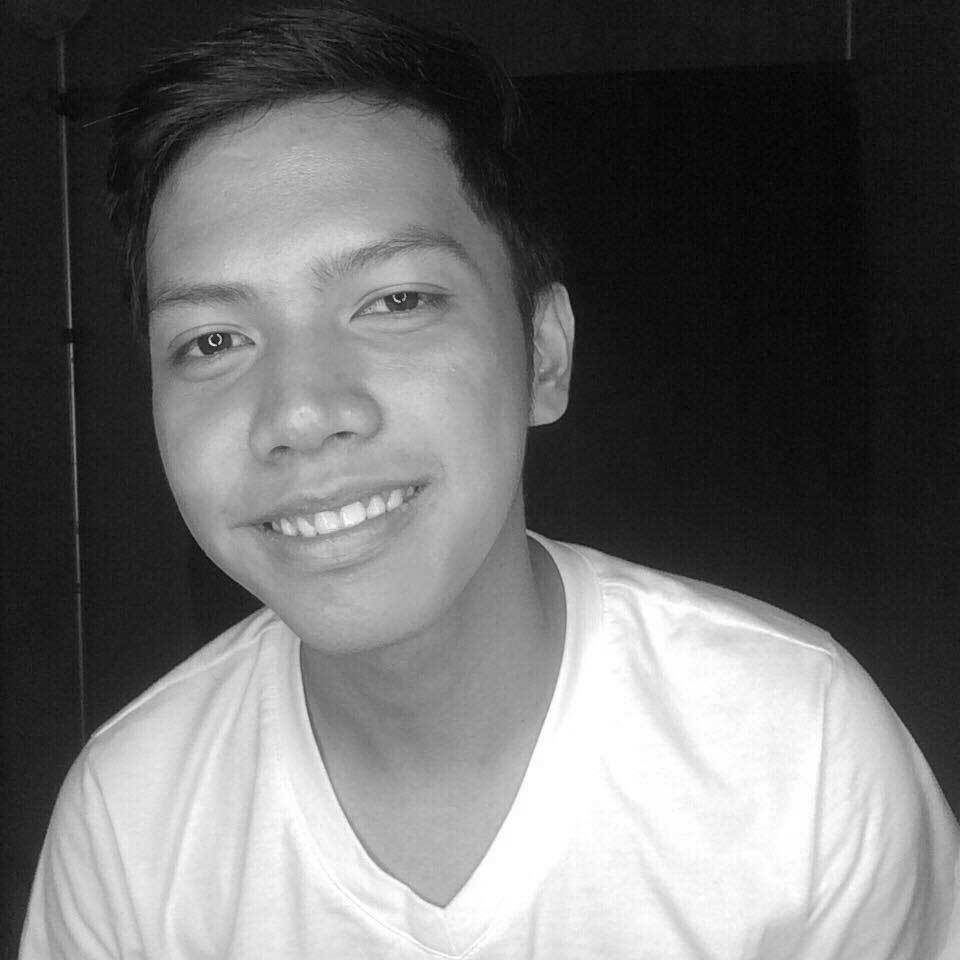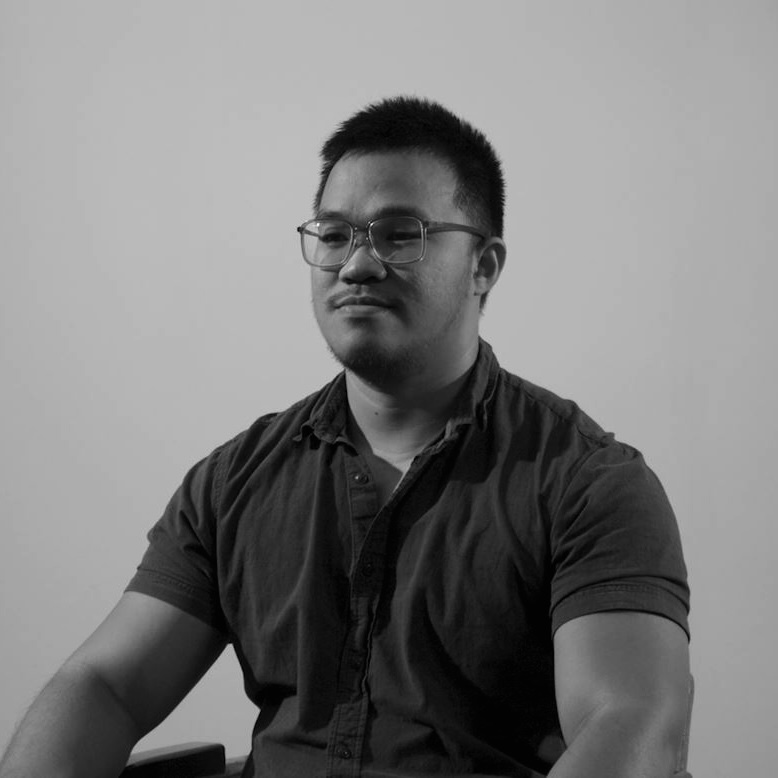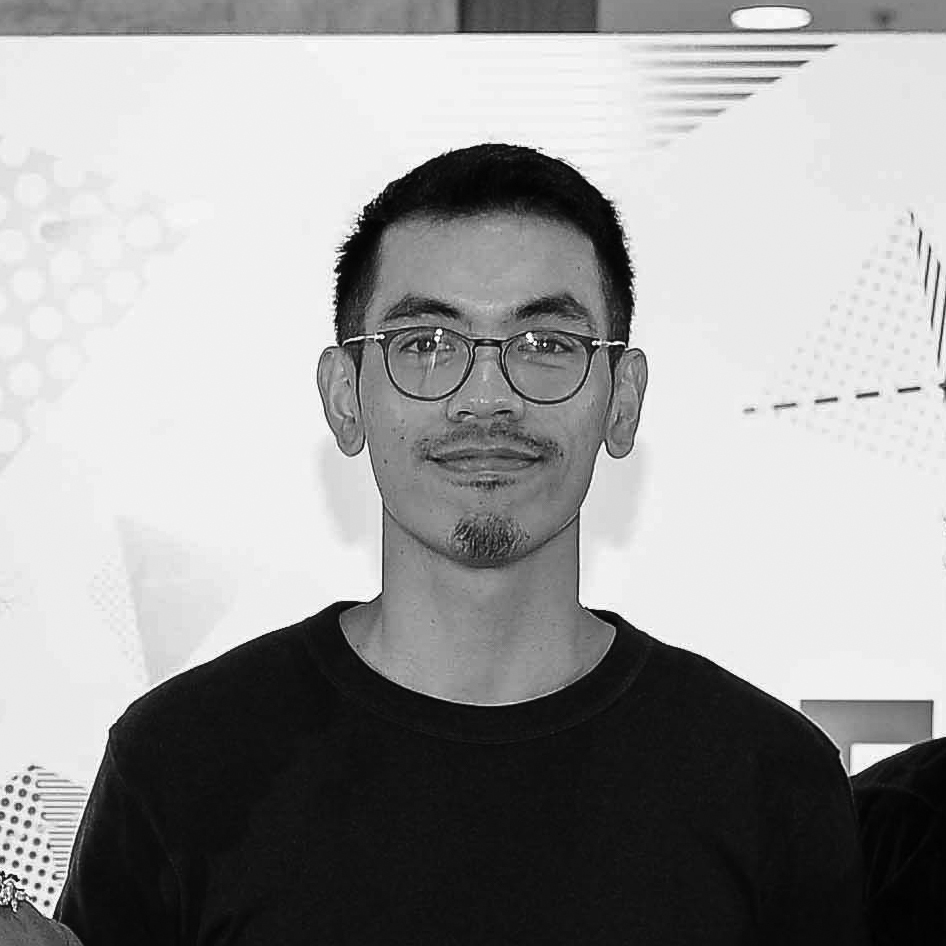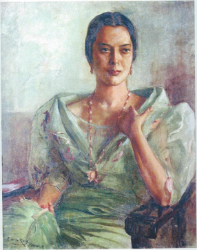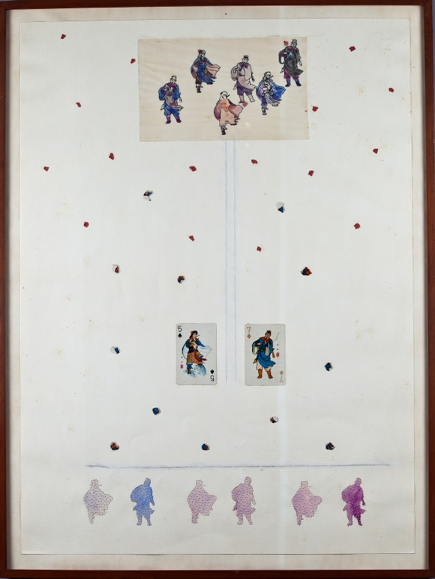
Upon entry, one is confronted by an all-seeing eye daubed in acrylic along the museum’s stairwell. There are texts on the wall that refer to nothing and everything outside of themselves. There is a jukebox that cannot play music, a kinetic sculpture inside a birdcage, videos, film stills, comic strips, portraits, self-portraits, and found objects.
These are just some of the things crowding the second floor of the Metropolitan Museum of Manila, with “crowding” as the operative term. Similar sentiments can be found in an editorial from the team behind e-flux. By specifically asking “What is Contemporary art?” Anton Vidokle, Julian Aranda, and Brian Kuan Wood claim that “The contemporary as a cacophonic mess gives us enormous hope,” – a fitting statement, considering the limited space allocated on the Met’s second floor to almost a hundred years of art.
Cacophonous, messy, crowded –these are terms that need to be considered with every curatorial pursuit. The process of selecting and collecting when it comes to curating contemporary art however is a curious and conflicting exercise, in which selections are made from work that continues to be created. This is done despite traditions dating back to the 18th century which designate the role of the museum as a showcase of art and artifacts that have stood the test of time.
Thus, the overarching conflict: how can an institution traditionally devoted to displaying, narrating, and preserving of what was (or what has been) tell the story of what is and what can (or what should) be? Contemporary art, once collected, must not only contain descriptive accounts of the past, but must bear normative prescriptions for the future. So how does The Philippine Contemporary: To Scale the Past and Possible – “a landmark permanent exhibition” at the Met, curated by Patrick Flores – fulfil this mission?
It is through these descriptive accounts of the past that Flores traces the outlines of a permanent display, forming the major sections of the exhibition with Horizon, Trajectory, and Latitude, tracking periods of art production from the formation of the Academy, the waves of Modernism, the brutalities rendered by Social Realism, all the way to the conception of a cosmopolitan creative practice.
Here, we find an attempt at preliminary definitions that take us from the tutelage of Fabian dela Rosa to the disruptions initiated by David Medalla and Ray Albano, while locating the possibility that The Met’s Philippine Contemporary exhibition was borne of necessity: a call for attention to the objects in our midst that had yet to be acknowledged as part of a movement, characteristic of their time. And yet, The Philippine Contemporary, in spite of itself, is first and foremost a nod to the past, making the appointment of a Flores, an Art Historian, as its curator particularly apt.
Before everything else, there is the Horizon. For The Philippine Contemporary, the Horizon is laid between 1915 and 1964, in a room occupied sparingly by a few wall bound pieces and a statue by Guillermo Tolentino. In a small gallery just off the stairwell, the Horizon is the only section of the exhibition that gives the viewer the luxury of space, an impression heightened by the presence of Fernando Amorsolo’s portrait of Fernanda de Jesus (1915), early character sketches of Carlos “Botong” Francisco, and film stills from Manuel Conde’s Genghis Khan (1950).
Beginning with the Horizon, Flores not only lays the foundations upon which the quality of Filipino art continues to be identified and evaluated, but sets an optimistic tone by showcasing a mastery of medium and material that was built on the manipulation of light. In doing so, Flores’s Horizon emerges as a ray of hope, illuminating the past such that we may better understand just how did we—as artists, as consumers, as anyone with any concern for cultural expression, i.e. human beings— get here.

Using the vocabulary of space to speak of a meaningful coexistence within the landscape of Philippine art, The Philippine Contemporary engages visitors in a curatorial exercise that is both interesting and challenging; however, it also highlights its greatest flaws. First, the act of scaling as a means for negotiating the temporal raises problems in exhibiting the contemporary: where both geography and history lend their terms to the description of an aesthetic, resulting in a mix that tends to confuse rather than complement.
Next, comes the responsibility of actually negotiating a space so cramped and crammed with the cacophony of past and possibility, often at the expense of the eyes (and in some cases, the ears) of the viewer. No single work can be taken in without the interference of the one beside it, the periphery literally intervening with the center.
In the same editorial, Aranda, Vidokle and Wood continue that “The contemporary suggests movement, yet it does not itself budge.” While their comment draws from a the development of a “contemporary aesthetic” homogenized by globalized circuit of art production, it could just as easily be used against The Philippine Contemporary: To Scale the Past and Possible, wherein the language of space articulates how little roomthere is to move. After visiting The Philippine Contemporary, not once but thrice in thelast two months, the questions it consistently raised were not only about its refusal tobudge, but a confusion regarding where it is going.


